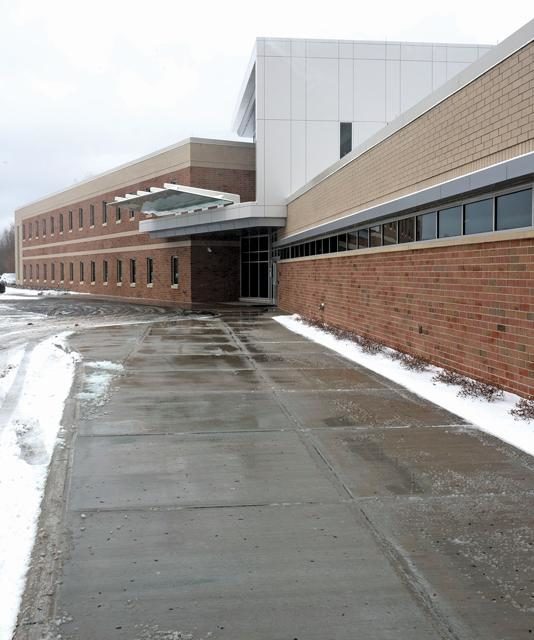In September, St. Joseph Mercy Ann Arbor broke ground on an expanded cancer center in Ypsilanti. In November, Michigan Medicine opened a new outpatient center in Scio Township, less than a mile from St. Joe’s year-old multispecialty clinic. The university also recently acquired a Muskegon practice whose physicians work at a hospital owned by St. Joe’s parent company.
But the two systems aren’t just competitors. In some respects, they’re partners. Last spring, they announced that the U-M would acquire 49 percent of St. Joseph Mercy Chelsea Hospital (SJMC). Intended in part to relieve crowding at U-M and tap unused capacity in Chelsea, the joint venture builds upon decades of U-M physicians teaching and caring for patients there. It will bring still more U-M physicians and services to the St. Joe’s campus.
It’s called “coopetition.” “We are not seeking to be a monopoly, and this will not do that, but we need to cooperate where we can to provide better care to the community,” says Michigan Medicine president David Spahlinger.
“Academic and tertiary hospitals around the country are all looking at ways to connect with community-based hospitals,” says Marianne Udow-Phillips, executive director of U-M’s Center for Healthcare Research & Transformation. That’s because in today’s healthcare environment, a big patient base is everything. It gives health care systems more bargaining power with insurers and drug companies, creates economies of scale for expensive items such as MRI scanners, and leaves each system stronger in the event of sudden policy or reimbursement changes.
The issue of access also drove the joint venture in Chelsea, according to Rob Casalou, who heads the five-hospital Saint Joseph Mercy Health System and five more hospitals in Muskegon-based Mercy Health. The university’s beds are often 90 percent full–it’s considered best to max out at 80 percent, to allow for surges in demand–while SJMC had beds sitting empty. That jeopardized referrals for the university while leaving Chelsea’s resources underutilized.
“The university could have gone out and spent tens of millions of dollars to build new capacity, build new towers,” Casalou says. “Or we could utilize the excess capacity at Chelsea. Everybody wins.”
Spahlinger says not every MM patient needs the extremely high-level care it offers in Ann Arbor, and it has backlogs of patients who need some surgeries. With the agreement, SJMC will add more operating rooms; MM patients willing to go there might get seen sooner.
The two hospital systems have steadily expanded their cooperation in recent years. After the St. Joe’s system beat out U-M to purchase Chelsea Community Hospital in 2007, the university continued to provide inpatient and family medicine services there. MM physicians now staff SJMC’s pediatric surgery, pediatric cardiology, oncology, urogynecology, neurosurgery, and trauma services. And in 2012, the U and St. Joseph Mercy Ann Arbor worked together to develop the jointly owned and managed Acute Care for Elders unit there.
The two systems, Udow-Phillips says, have “a lot of experience of figuring out who is better suited to do what kinds of patients … They’ve been really working on these partnerships for a while, which I think does strengthen the two of them together for the longer haul.”
Owning a hospital together, Casalou adds, “couldn’t have been the first thing we did. But it was really now the nice, natural progression of our relationship with them.” Down the road, he says, “We are looking at the same kind of question in other parts of the state where we have a common presence, where there’s excess demand and lack of access.”
But the first priority, Casalou says, is to “get this one up and running. Let’s make sure it goes exactly the way we want it to, and then let’s go to the next discussion.”


